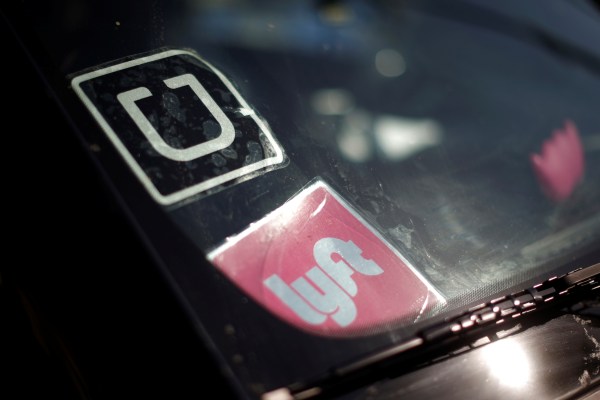Uber and Lyft have responded to Senator Al Franken’s questions regarding potential racial discrimination against passengers. Last month, Franken wondered why it’s necessary to include names and photos of passengers requesting rides, and what steps both companies can take to dissuade drivers from canceling rides on people with “black-sounding” names. In Uber and Lyft’s responses to Franken, both of the companies CEOs defended their respective policies.
Uber CEO Travis Kalanick, who first clarified that drivers only see the first names of passengers and not photos of them, said Uber designed it this way in order “to ensure a smooth and safe pick-up process.”
“For these reasons, we have real concern that removing names altogether (and replacing them with numeric codes, as the study suggests) would lead to more confusion and potentially less safe outcomes,” Kalanick wrote. “It is unlikely that riders would consistently use codes, and riders might enter the wrong vehicle or even ride with someone illicitly posing as a ridesharing driver.”
Similar to Kalanick, Lyft CEO Logan Green defended Lyft’s policy of using names and photos, saying that they’re necessary in order to create a “digital trust profile” designed to protect both drivers and passengers. Lyft’s model “depends on drivers and riders being safe and secure,” Green wrote. He also said Lyft’s commitment to transparency “mandates that every Lyft user knows instantly who their driver is (via name and photo identification) and what vehicle he or she is driving (via a vehicle photo and license plate number).
Moving forward, and in light of the study, Kalanick said Uber is committed to meeting with the study’s researchers to talk about their findings and suggestions in more depth, experimenting with new ways to prevent discrimination on Uber and reviewing its policies around how and when it tells drivers about the company’s non-discrimination policies. Kalanick went on to say that Uber will remain in touch with Franken as the company explores potential ways to mitigate discrimination. For Lyft, Green said that the company is committed to enhance its review of ride cancellations by specifically looking at cancellation rates and the quality of service in “minority census tracts.”
But Franken is still concerned about the fact that neither Uber or Lyft are going to get rid of certain elements that make it easy for drivers to discriminate against passengers.
“I appreciate the steps that both Uber and Lyft have taken to address my concerns regarding discrimination against consumers, including meeting with the authors of a recent study, communicating with their drivers about the companies’ nondiscrimination policies, and monitoring available metrics about ride cancellations. But I remain concerned that certain elements of an app’s platform design-like allowing drivers to see a rider’s name or photo before accepting a ride request-do not sufficiently guard against discriminatory conduct. I have expressed these concerns to the companies, and I look forward to working with them to address these challenges.”
In recent weeks, both Uber and Lyft have started using these little light-up thingymabobbers that help customers better identify which car is for them. That could definitely be part of a broader strategy to move away from using names and/or photos of passengers, but neither Uber or Lyft made any mention of them in their letters to Franken.
